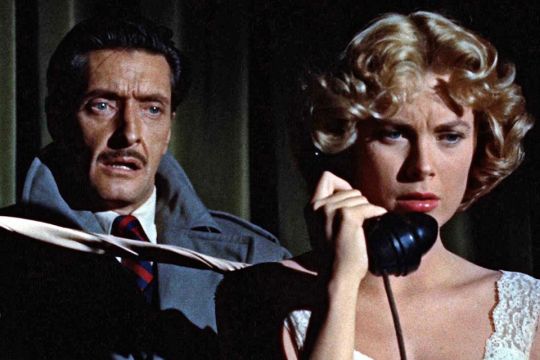Synopsis
“Hitchcock defined newcomer
Grace Kelly's coolly urbane screen persona in her role as the unknowing victim of her jealous husband's devilish and seemingly perfect plan to have her murdered. Often dismissed as one of Hitchcock's minor films,
Dial M for Murder is indeed more stylistically understated and subtle than his other Fifties’ films. Yet, seen in the context of the larger oeuvre,
Dial M for Murder pushes to a further extreme Hitchcock's vision of the meticulously designed and plotted murder as a dark metaphor for cinema, with the camera's deadly gaze transforming the beautiful star into potential victim and each object in the frame into a potential weapon. Hitchcock's close adaptation of the eponymous play maintained the taut stage boundness of the original while adding a literal a new dimension through the use of the then still novel 3-D process, the director's first and only foray into the shortly popular format.” – Harvard Film Archive

